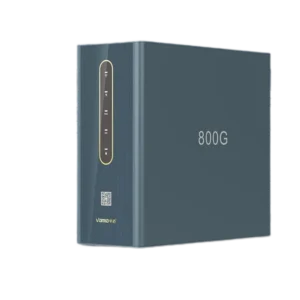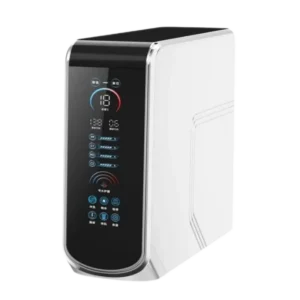A Detailed Explanation of Water Purifier Filter Replacement Cycles: How to Judge When It’s Time to Replace the Filters?
Knowing when to replace the filters in your water purifier is crucial for its effective operation.
For sediment filters, which are mainly used to remove large particles like sand and rust,
the replacement cycle is usually relatively short. In areas with very turbid water,

sediment filters may need to be replaced every 1 – 3 months. You can tell it’s time to replace the sediment filter
when the water flow rate through the water purifier significantly decreases. This is because the filter has become clogged with particles.
the replacement cycle is usually relatively short. In areas with very turbid water,

sediment filters may need to be replaced every 1 – 3 months. You can tell it’s time to replace the sediment filter
when the water flow rate through the water purifier significantly decreases. This is because the filter has become clogged with particles.
Activated carbon filters, which adsorb chlorine, organic compounds, and improve water taste, typically have
a replacement cycle of 3 – 6 months. When the water starts to taste or smell like chlorine again, it’s a sign
that the activated carbon filter has reached its saturation point and needs to be replaced.
Another indication is if the water purifier’s ability to remove odors has decreased.

a replacement cycle of 3 – 6 months. When the water starts to taste or smell like chlorine again, it’s a sign
that the activated carbon filter has reached its saturation point and needs to be replaced.
Another indication is if the water purifier’s ability to remove odors has decreased.

Ultrafiltration membrane filters usually need to be replaced every 6 – 12 months. One way to judge if it’s time
to replace the ultrafiltration membrane is to check the water quality. If the water starts to
show signs of increased turbidity or if there are more microorganisms detected in the water,
it’s likely that the ultrafiltration membrane has lost its effectiveness.
to replace the ultrafiltration membrane is to check the water quality. If the water starts to
show signs of increased turbidity or if there are more microorganisms detected in the water,
it’s likely that the ultrafiltration membrane has lost its effectiveness.
Reverse osmosis membrane filters have a longer replacement cycle, usually 1 – 2 years. However,
if the water pressure in your area is unstable or if the water quality is extremely poor, the replacement
Water Purifier Factory, Water Purifier For Home, Water Purifier Machine,Water Purifier, Water Filter Purifier System
if the water pressure in your area is unstable or if the water quality is extremely poor, the replacement
Water Purifier Factory, Water Purifier For Home, Water Purifier Machine,Water Purifier, Water Filter Purifier System
cycle may be shorter. You can also monitor the performance of the reverse osmosis water purifier.
If the amount of purified water produced decreases significantly or if the quality of the purified water
deteriorates, it’s time to replace the reverse osmosis membrane. By understanding these filter replacement
cycles and how to judge when to replace the filters, you can ensure that your water purifier continues to provide clean and safe water.
A Detailed Explanation of Water Purifier Filter Replacement Cycles: How to Judge When It’s Time to Replace the Filters?

deteriorates, it’s time to replace the reverse osmosis membrane. By understanding these filter replacement
cycles and how to judge when to replace the filters, you can ensure that your water purifier continues to provide clean and safe water.
A Detailed Explanation of Water Purifier Filter Replacement Cycles: How to Judge When It’s Time to Replace the Filters?

